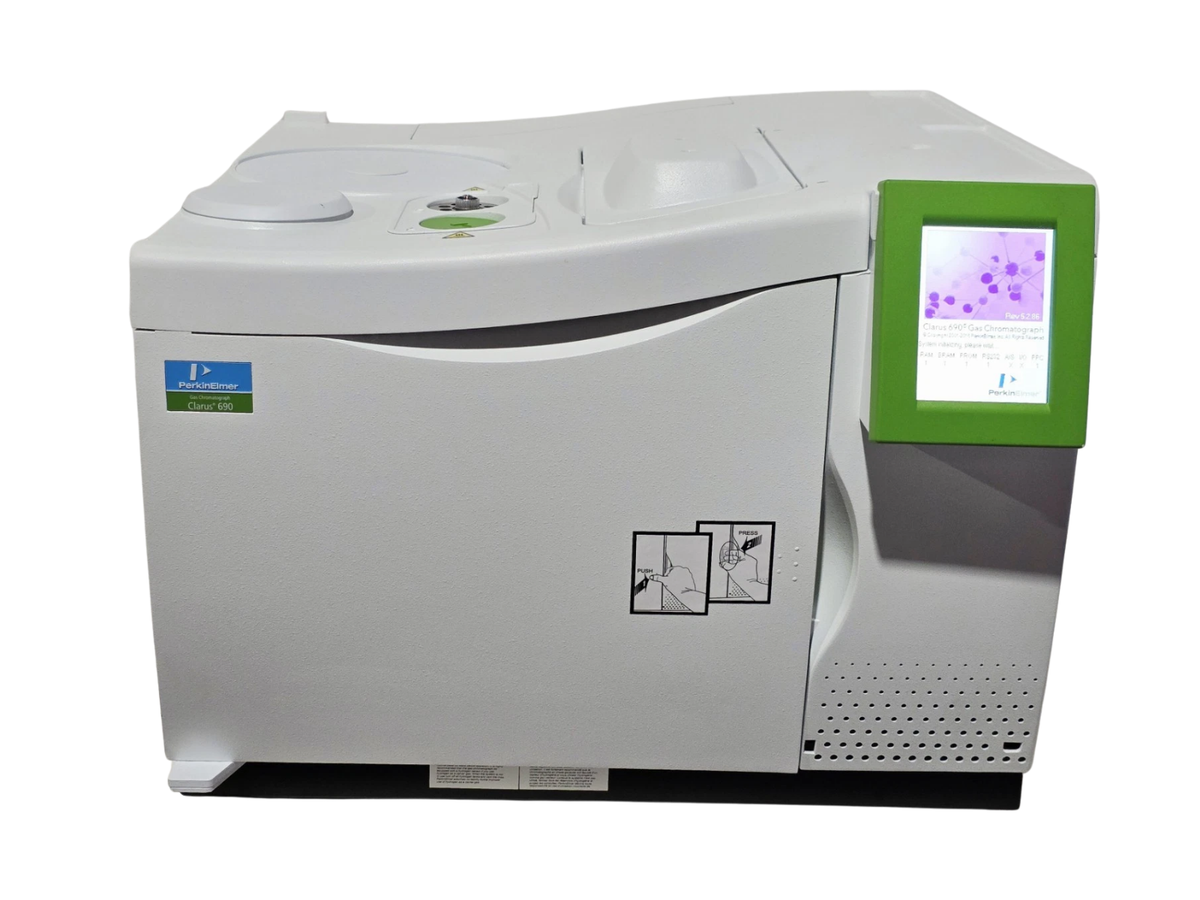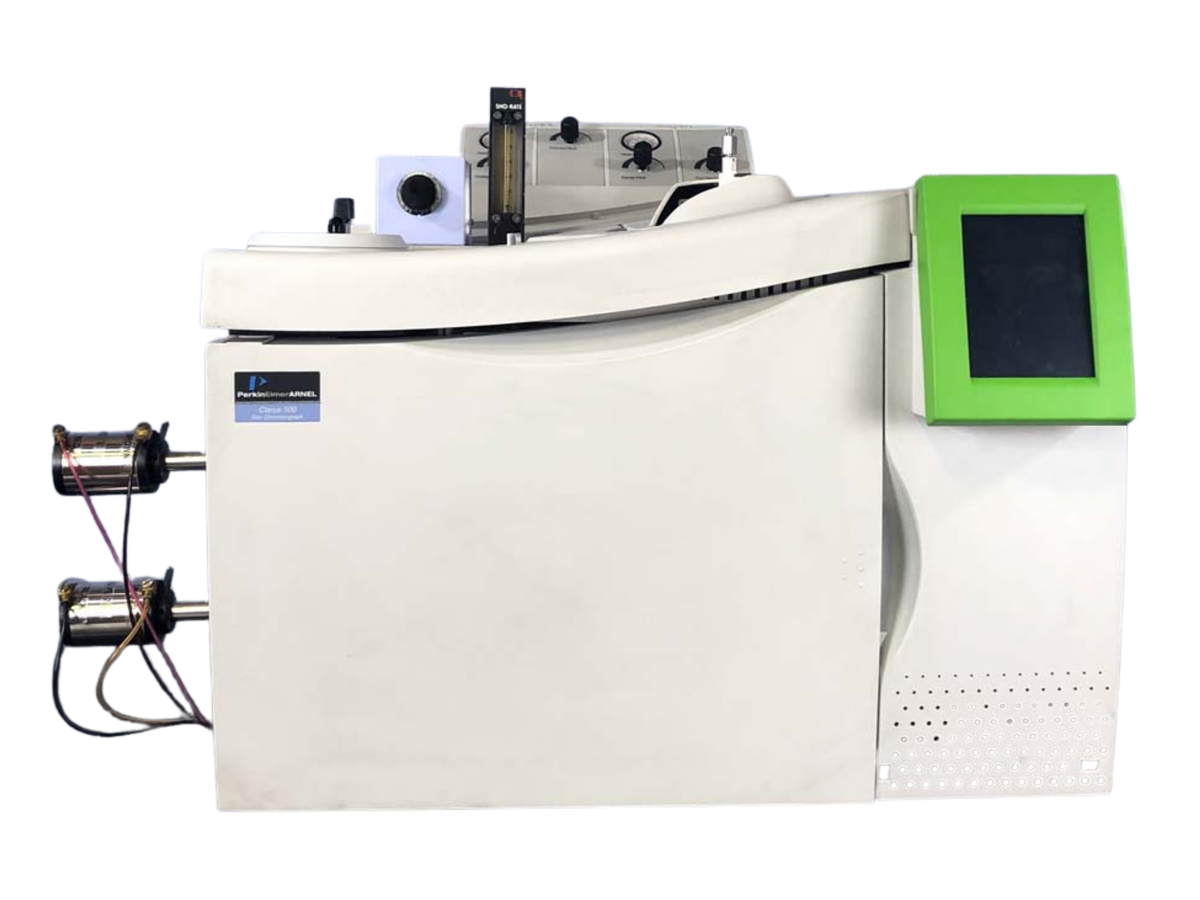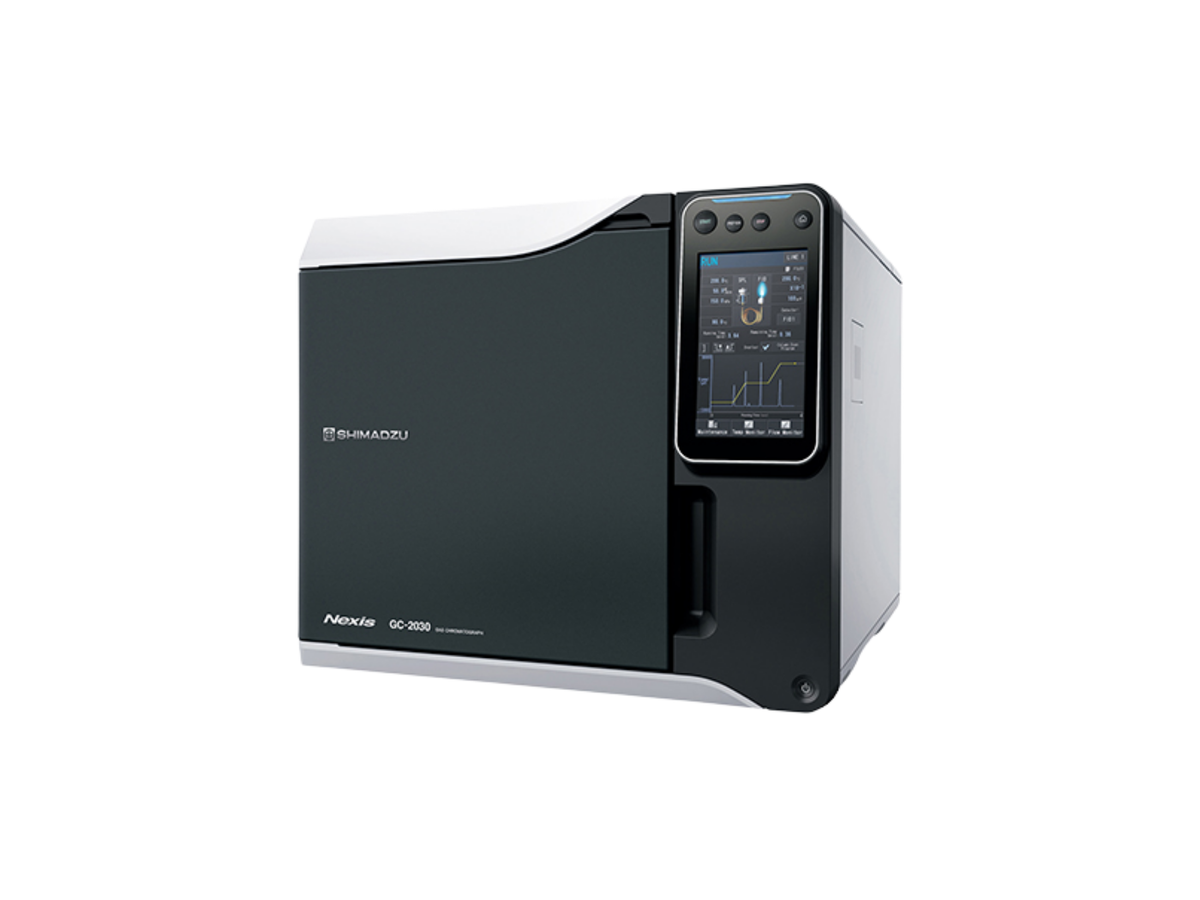Raman Spectroscopy
Raman Spectroscopy is a powerful analytical technique used to study the vibrational and structural properties of molecules. It works by shining a laser light onto a sample and measuring the scattered light. Most of the light scatters at the same wavelength (Rayleigh scattering), but a small portion shifts in wavelength due to interactions with molecular vibrations—this is called the Raman effect. The resulting spectrum provides a molecular fingerprint that reveals information about chemical composition, molecular structure, and interactions. Raman spectroscopy is widely applied in pharmaceuticals, materials science, nanotechnology, geology, and forensic analysis. Its advantages include minimal sample preparation, non-destructive measurement, and the ability to analyze solids, liquids, and gases with high specificity.




